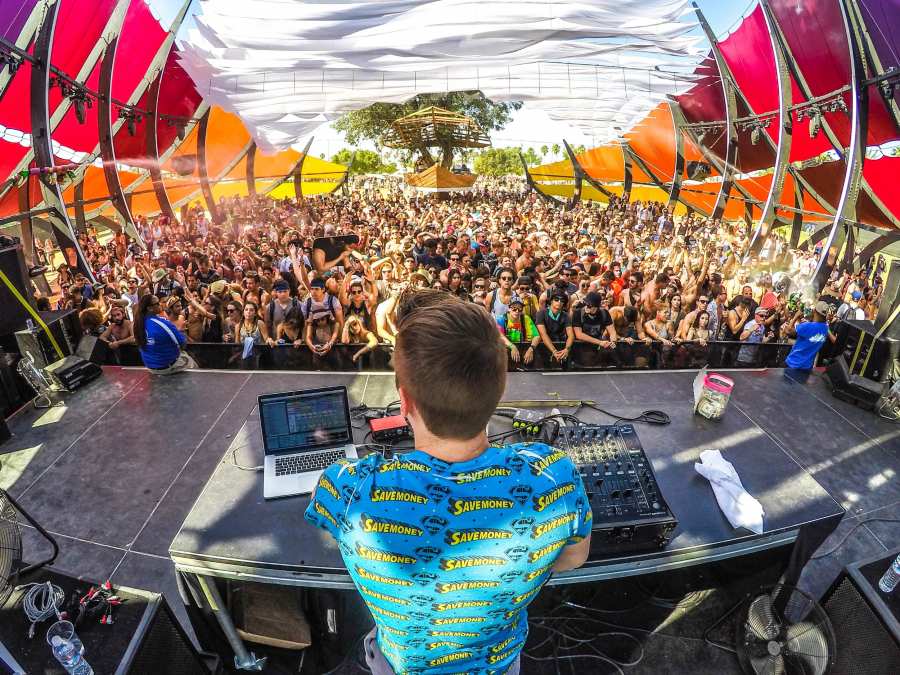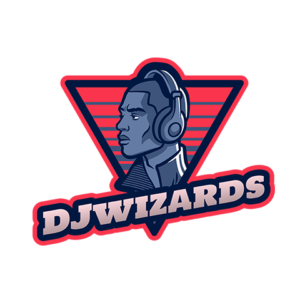
If you have chosen to be a DJ, know that it’s not all about music and having fun at first, you need to put the work in early.
To turn pro, you need to make it your craft which means building good habits.
It’s a job to be taken seriously. If you want to make it your career and eventually become a well-known DJ, pick up these tips that pros go by:
Listen to Other DJs
Take the time to listen to other DJs who are above your level. Watch them perform at clubs and events with a critical eye. Take notes of what you like and what you dislike. Pay attention to their styles and how well they perform. See how the crowds react to them and the music they play. As you watch other DJs, start thinking about what style you prefer and start developing one that would be original only to you and help you stand out as a DJ.
Keep a Notebook Handy
As you pick up tips and learn more about becoming a DJ, take notes in a notebook and later transfer them to a folder on your computer. Keep track of mixes and tunes that you like. Jot down the kind of ideas you get for the music mixes you’ll be creating. Start listening to the mixes other DJs are playing and get an idea of your preferences and make a list of music that you want to include for your DJ sets. These notes and lists will come in handy when you are getting ready to do your own sets at a club or event.
Practice Makes Perfect
Take the time to perfect your sets by spending many hours polishing them up. It is essential for you to pre-plan part of your set and know what your options are before you are ready to perform. You have to take the time to find tracks that go together and blend, doing this over and over again until you have a sound that you know will work. As you go along, make playlists to have for future gigs. The playlists should be of different genres of music, so you are prepared for various types of events.
Have a Variety of Music
Professional DJs choose their own specific style and make their own unique musical selections. The best that you can do is to have more than one definitive sound, and you’ll get more opportunities to perform. Clubs and events have crowds that prefer different types of music. The important thing is to have musical selections that can work for different groups. Your playlists can be divided by different kinds of moods, so you can tell when your audience wants to go wild on the dance floor or when they want to mellow out. The particular audience you are playing for might begin off by wanting fast-paced music. Still, somewhere along the line, they might want you to slow down, so be prepared to change your music as the night progresses.
Keep It All Organized
It is advisable to organize your music for optimal DJ performance in sets of three. Have three records that mix together well and can be played at one time. Then start making stacks of threes that go along well, and you’ll be ready to keep playing one track after another. In this way, you can go with the flow of the music and the pace of the action happening among the crowds taking it from slow to fast-paced. Remember that spontaneity is essential, so be prepared with at least 60 tracks, even though you won’t use them all per hour. As long as you have the right mix and sets at hand, you can be sure to keep your audience dancing and enjoying.
Knowing Your Audience
As a DJ, you should know ahead of time how large or small the venue you’ll be playing at is. You should also know your audience. Their preferences and age range. You have to know when to slow the pace of the music and when to pick it up. You’ll find that there will be a group of people on the dance floor that set the pace for others. So if you have people boogying on the dance floor and going wild, you can be sure others will soon join them. In this case, you want to keep the beat of the music going. If you see people on the dance floor slowing down, then be prepared to tone down the music and let them mellow out. Always remember to keep up with the energy and pace of the night.
Programming: An Important Aspect
When it comes to DJ sets, programming is the most crucial aspect. The music is what keeps your audience interested and out on the dance floor. So you want to be sure that there is a smooth flow of music. It is essential to keep in mind that a DJ must never give instant music gratification to the audience because it will only last a short time. Eventually, your audience will lose interest. You want to take them on a musical journey that keeps them demanding more with non-stop paced action. The best DJs say that you have to know how to control the crowds. This means that you want them to dance energetically and get excited but never give them all you’ve got to step up the pace until you know that the moment is right. Relating this way with your audience will create the ultimate response with wild appreciation and cries for more, at the right time and at the right hour of the night.
Control Your Volume
As a DJ, you want to have the very best sound quality during your performance or recording mix. You have to make sure that the signal comes through loud and clear. Keep those levels out of the red because upping the volume too much can make for a distorted sound. Always keep your volume at a reasonable level and watch those meters, so they keep off of the red. Check for just the right level when the music is pulsating and but not overdone and not too loud. Keep in mind the size of the venue your playing at and remember sounds vibrate.
Three Rules for EQ
For professional DJ performances, your most valuable tool is the three-band equalizer on each channel of your DJ mixes. First, make sure your EQ is at 12:00 as default, and your EQ stay at 0db, second, cut the signal instead of boosting it. So if you turn up the bass, keep the mids and highs down, and third use one sub-bass source at a time.
Keep a Check on the Effects
Keep the effects toned down and don’t overdo them. DJs are inclined to use effects when they change from one record to another to enhance their performance. The best you can do is to use your levels and EQ to create interest before you turn to effects. Audiences have come to know the sounds of the equipment and what they hear when the DJ is switching records. As you get used to not overdoing things, you will also know instinctively when to up effects and when to keep things as they are.
Always Bring Backup
Anything can happen during your performance as a DJ, and you have to be prepared. Always remember to bring along backup music in various formats along with the equipment you need. You never know what might or can go wrong with a system that you are relying on. So be prepared and ready for any emergency situation. It will not only save the day but will make you the DJ that everyone can always rely upon.
Remember that being a DJ is a career. You want to be the one that they think about at clubs and events. If you learn and pick up tips from the pros you’ll become the DJ that everyone is talking about. There is a lot of competition so only the best get ahead. Always keep on top of the latest styles of music and dance and know what the demand is at the clubs that you’ll be playing.

